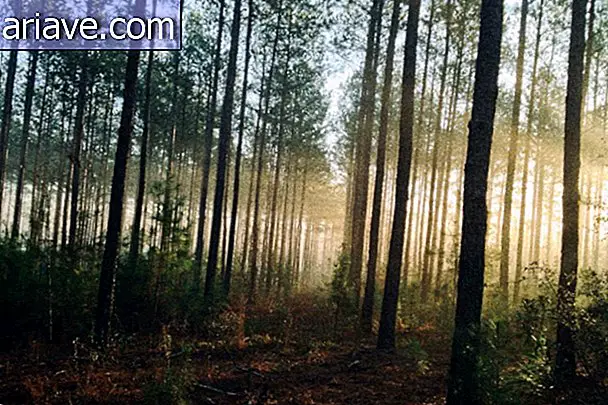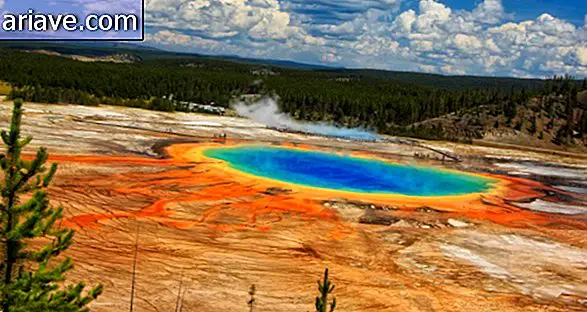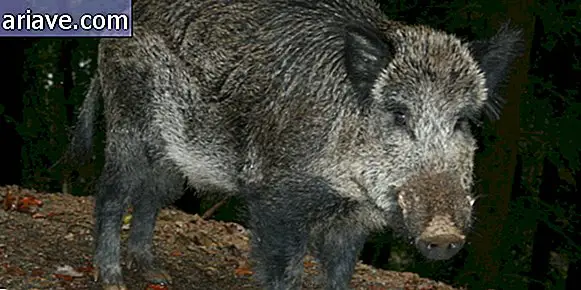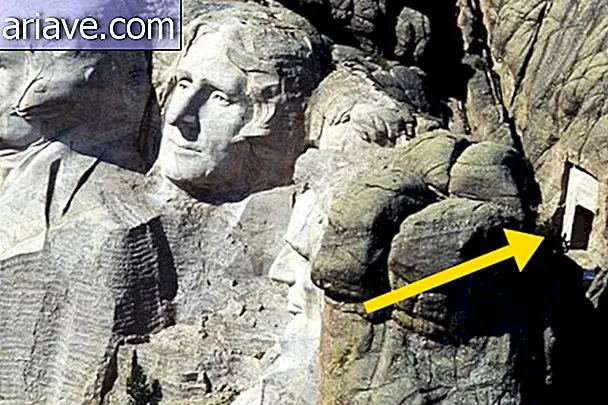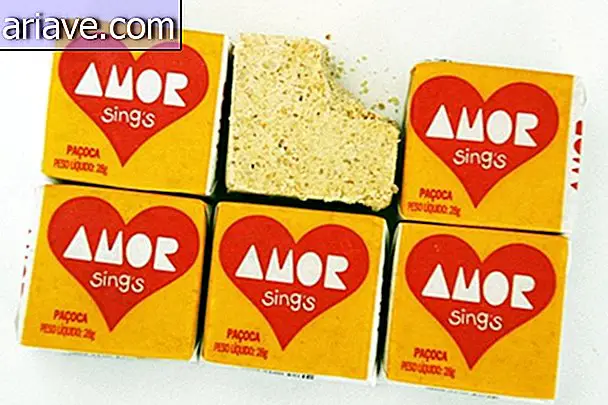Next Stop: Norway - See Curiosities of Vikings' Home Country
What do you know about Norway? This Nordic country is located in Scandinavia, the far north of Europe, and boasts countless curiosities, beautiful landscapes and cultural riches from nearly a millennium - also regarded as one of the best and safest countries to live in the world. Follow us in this article and learn several facts about this fantastic and impressive place.

Firstly, the official name of the nation is Kingdom of Norway, having the curious continental geographical shape of a twisted spoon (and containing several islands), bordering the countries of Sweden, Finland and Russia. Its whole territory is very cold, with short mild summers (maximum 25 ° C) and long harsh winters with heavy snow (in some places thermometers hit minus 40 ° C!).
From May to June, some regions have more than 20 hours of sunlight per day, thanks to the latitude of the country. However, from November to January, the sun barely rises from the horizon, making the days as dark as the nights (not very encouraging). This occurs mainly in the fjord regions and in the far north of the country. Speaking of fjords, do you know what they are?
Fjords and Vikings
The fjords are geological formations characterized by sea entrances between high mountains, as if they created ocean rivers on the continent itself, formations of places that once owned or have glaciers. They are quite common in Norway, especially on the west coast, and can reach hundreds of kilometers within the continent. As for the people of the country, we can say, as the Norwegians themselves say, that Norway is the cradle of much of the Viking culture.

The Vikings Age was extremely important in unifying the Nordic peoples and giving rise to the mythologies of the region, as we know today, with Odin, Thor, Loki, among many other deities - and the trolls, of course. During this period, the Viking people also colonized other regions of Europe, such as cities of Scotland and Ireland - including the country's capital, Dublin.
The term Viking is applied to refer to the Norse explorers, warriors, merchants, and pirates who lived in what is now Norway, Sweden, and Denmark. Contrary to the current popular views on Vikings, they were probably quite different than we thought, as the term acquired a wilder, more caricature in the 20th century. Even some historical records suggest that they did not use the typical large beards. and the horned helmets we see out there - ideas that were later incorporated.
They are not very religious

Today Norwegians are largely Protestant (Lutheran), with a total of almost 80% of the population. However, only 20% of these people say they really care about the religious aspect, making Norwegians one of the least religious people in the world. In addition, only 2% of people in Norway attend church weekly, which is quite low for the size of the country.
In economic terms, the numbers are much higher. The nation has the second highest nominal GDP per capita in the world, being proportionally one of the richest countries on the planet. Not only that, Norway ranks first in the Human Development Index (HDI), which involves and analyzes data such as education and the quality of people's living standards - Norwegians are also among the world's most studied people.

The capital of the country is Oslo and is famous for its buildings and small colorful buildings (something that is quite common in the Nordic countries). It is the largest city in the country, with almost one million inhabitants, and the country has a total of approximately five million inhabitants. Interestingly, the city is among the most expensive urban centers in the world to live in, along with Paris and Tokyo.
Various facts about Norway
1 - "Norway" means in Norwegian "way north".
2 - Norway, Sweden and Denmark together form Scandinavia (Finland and Iceland are not officially part of this group).
3 - Norway's fuel prices are among the highest in the world (even if the country exports fuels) to encourage people to use public transport (which, by the way, is efficient and of the highest quality) and pollute less.
4 - The Laerdal Tunnel is the largest tunnel in the world, 24 kilometers long.
5 - Norway is one of the richest countries in the world, besides being considered the most peaceful.
6 - You can only buy alcohol in the country in specific stores called "Vinmonopolet". Cities only have one or two of these stores, and in villages it is almost impossible to find alcohol to buy.
7 - If you are arrested driving drunk in Norway, the penalties are extremely severe. You will be in prison for 30 days without bail, and will automatically lose your license for a full year and pay taxes that exceed 10% of your monthly income.
8 - Food stores do not open on Sunday.
9 - There are over 450, 000 lakes in Norway.
10 - If you have a television in Norway, you have to pay a fee of $ 300 a year.

11. Disney's recent musical, Frozen, is inspired by a Danish tale, but the whole look of the film is based on Norwegian landscapes and culture.
12 - Suicide rates are really high in the country (about 10 people out of 100, 000 commit suicide), and many justifications say that the constantly cloudy, cold and rainy weather is one of the reasons for keeping Norwegians more depressed.
Unfortunately, the country is also extremely well known for whaling, a centuries-old cultural tradition. It is estimated that 600 whales are killed every year on the coasts of the country as part of the tradition.
14 - It is prohibited by law to die in the city of Longyearbyen. The government has banned burying the bodies there because it has been found that the extreme cold does not allow the bodies to decompose, completely freezing them. Sinister, no?
15. Northern lights are a natural phenomenon that can be observed in Norway, consisting of multicolored glows that occur as a result of solar wind particles and space dust.
